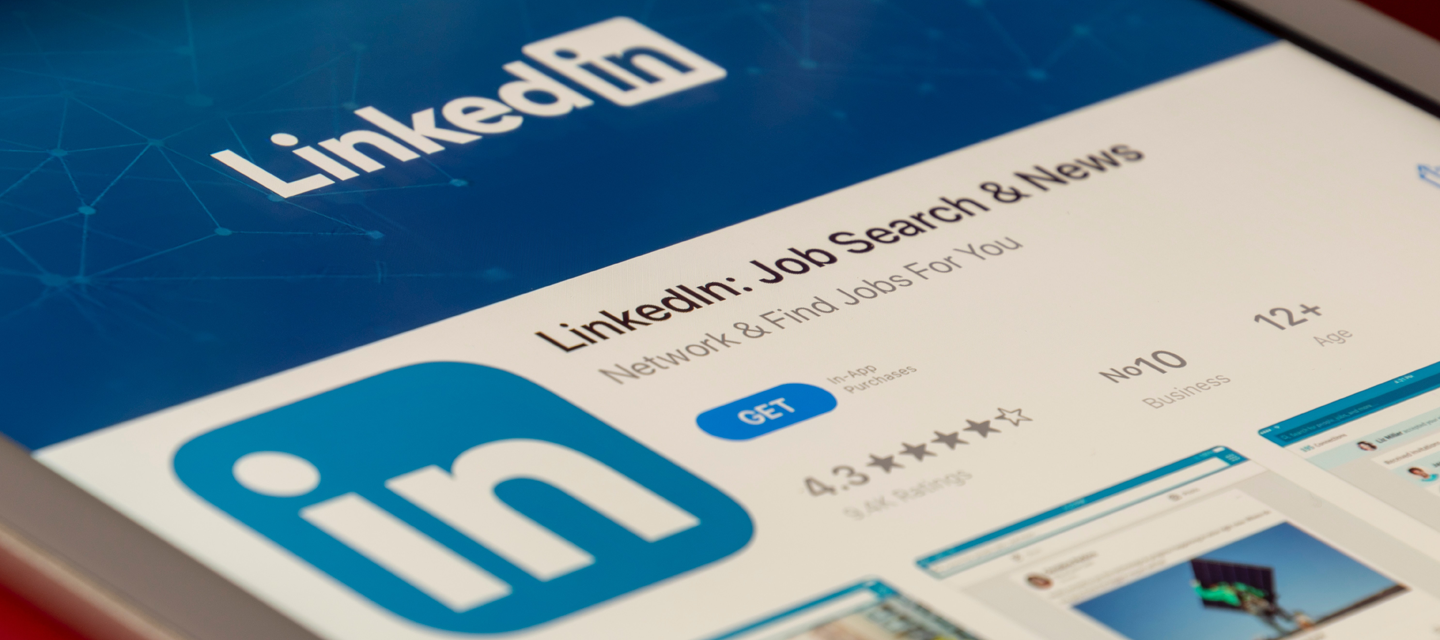5 web design mistakes that could be harming your website’s conversion rate
Without proper consideration of all parts of a website design, we might actually be designing our websites into obscurity and …
Without proper consideration of all parts of a website design, we might actually be designing our websites into obscurity and irrelevancy.
Designers and digital marketers have to navigate a huge list of pitfalls and bad practice, and come out the other end with a web page that not only looks beautiful and functions perfectly, but the end product ultimately has to do a job.
If the website doesn’t convert, it doesn’t matter how wonderful the product of all that work looks, the entire project has simply failed.
That’s not to say it can’t be salvaged. Our London web design experts compiled a list of five key things to avoid when designing and building a website so that it not only looks and feels amazing, but also brings home the bacon.
1. Auto-rotating carousels, banners and hero areas
They are areas on a website often used for key promotions, pushing the important messages and showing the true personality of a company. But did you know that hero areas are often ignored by website visitors?
These areas at the top of the page will be overlooked by the majority of people visiting a website because they have a different, more “fancy” design to the rest of the page, and might be confused for an advertisement.
Visitors want to be told what to do because they don’t want to have to make the effort.
Fancy formatting on any part of a webpage will be noticed less often by visitors because they will scan over it, thinking it is marketing orientated. This is made altogether worse when it automatically rotates.
An example of “banner blindness”
In a study, Jakob Nielsen asked a visitor to find out if Samsung offered any special offers on washing machines from their website. As the picture shows, the main hero area displays a promotion for washing machines, but the visitor in the study simply missed it, reporting when asked “I didn’t have time to read it. It keeps flashing too quickly.”
2. No clear calls to action
A call to action on a web page is like a signpost in a very busy city. It is effectively telling the visitor what to do.
For web pages that are designed to convert a visitor into sales opportunity, the visitors crave it; visitors want to be told what to do, because it means they don’t have to think about it themselves. They don’t have to make the effort.
Imagine going into a large supermarket that you haven’t been into before, and you discover that it doesn’t have signposts telling you what is where. Sure, you’ll find what you want eventually if you’re determined enough, because of the context of what you see on the shelves and general uniformity of shop layouts.
However, you’d find it a lot more quickly (and indeed you’re more likely to find it at all) if you are guided with a dedicated visual cue.
Why should we expect a visitor to sit there and read all of our marketing spiel?
Good calls to action are unique or bold in colour and they don’t blend into the page content. They stand alone and proudly, begging to be clicked, called or typed into.
A clear call to action reinforces the purpose of your website with just a word or two. “Sign up now.” “Download.” “Get a free demo.” They all let the user know what they can do from this page.
A page without a clear call to action will undoubtedly have a high bounce rate. Calls to action such as buttons and input fields are a key part of the website’s global navigation, and screwing up this part of the architecture will cause visitors difficulty in finding what to do or where to go.
Skype’s big, bold and simple call to action
To put it simply, visitors will turn around and go the other way if you don’t guide them.
3. Boring or irrelevant content
A webpage should be trying to do very few things, preferably only one. But if you start diluting your page with reams of useless explanations about why a visitor should sign up or buy this product, they’re not going to read it and they might be overwhelmed and go elsewhere.
We all know that website visitors have the attentions span of a gnat, so why would we expect somebody to sit there and read all of our marketing spiel?
These “users” will often be at work, pressed for time, or they’ll be at home being pulled in various directions by their kids. They might even be out and about, rushing down a street looking for a quick snippet of information to answer a burning question.
If they have to wade through your content before they get the answer, they might just give up. This content is pointless.
If you wouldn’t speak like it, why on earth would you write like it?
And don’t forget about images. They play an important part in reinforcing the message a webpage is trying to get across. Using the correct imagery in the correct places gives better context to your words, and is a key way to increase conversion.
Above all, keep it simple.
4. No clear purpose for your website
A website that isn’t clear about what its purpose is simply doesn’t *want* to convert a visitor. It’s akin to a salesperson who doesn’t quite know what it is he is selling.
Imagine a salesperson in a shop approaching you with a product and giving you a lift speech written by some marketing genius. You ask a simple question, and the salesperson is flummoxed, not quite knowing what to say, and wishing he can crawl into a hole not come out.
Always write for humans, not robots.
A webpage is exactly the same. If your visitor cannot get the answer he wants, he’ll leave.
Show visitors what ‘the point’ of the website is in a concise and clear way. Reinforce it with calls to action and communicate clearly why a user should not leave the page.
If you can’t do it in one or two sentences, you need to rethink your message.
5. Copy that reads like a physics textbook
There are lots of reasons why tone of content is super-important and, without any clear direction, it renders the page almost useless. Reams of copy that reads as though it was ripped from an advanced-level book will not make the page compelling and will not convert visitors into sales.
If you wouldn’t speak like that, why on earth would you write like it? By all means, there is a place for in-depth information, but certainly not on pages that are looking to convert visitors.
Complicated buzzwords are confusing. The point of the copy (and micro copy) is to help guide the user to a decision: the right decision. But if they are presented with too much information, they’ll run a mile.
This is also a problem when copy is stuffed with keywords for the benefit of Google search rankings. Of course you’ll get traffic to your page, but what will visitors do when they land on the page? They might be confused by the robotic and nonsensical bunch of words they are presented with, and leave.
Always write for humans, not robots.
More insights from the team


